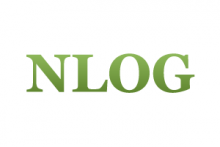The Dutch Northern Offshore has long been a relatively underexplored region. The discovery of reservoirs and mature source rocks warranted a renewed interest in the area. This project, referred as the Northern Offshore Project, started in 2013 and was finished in May 2015.
After a thorough lithostratigraphic well re-interpretation and a regional seismic mapping study, the Westphalian interval is interpreted as being present in a large part of the Dutch Northern Offshore and only absent above the Elbow Spit High. Part of the Westphalian is interpreted as effective source rocks that are mature in the Step Graben and in the northern part of the Cleaver Bank High, where good amounts of Rotliegend sands have been identified. The information on the occurrence and distribution of Rotliegend-age sands has been greatly improved through this project. Lower Rotliegend deposits turned out to comprise significant volumes of reservoir-quality sands but are aerially confined within the northeastern part of the study area in structural lows and are interbedded with non- to low-reservoir quality facies including volcanics and volcanoclastics. The distribution of reservoir sands of Upper Rotliegend-age is now geographically better constrained. The results also show that paleo-topography and syn-depositional faulting highly controlled the reservoir sand deposition by locally affecting accommodation and sediment dispersal. The combination of the basin modelling and stratigraphic results helped to define prospective areas where good reservoir sands are located above matured Carboniferous source rocks.
In conclusion: the Northern Offshore Project has drastically improved our understanding of the Permo-Carboniferous in the Dutch Northern Offshore and has shown real exploration potential in the Rotliegend.
The report can be downloaded here.

